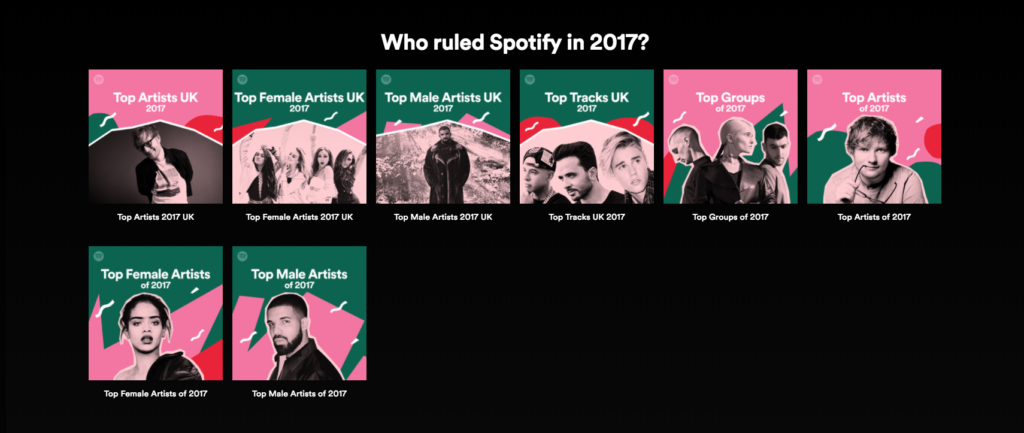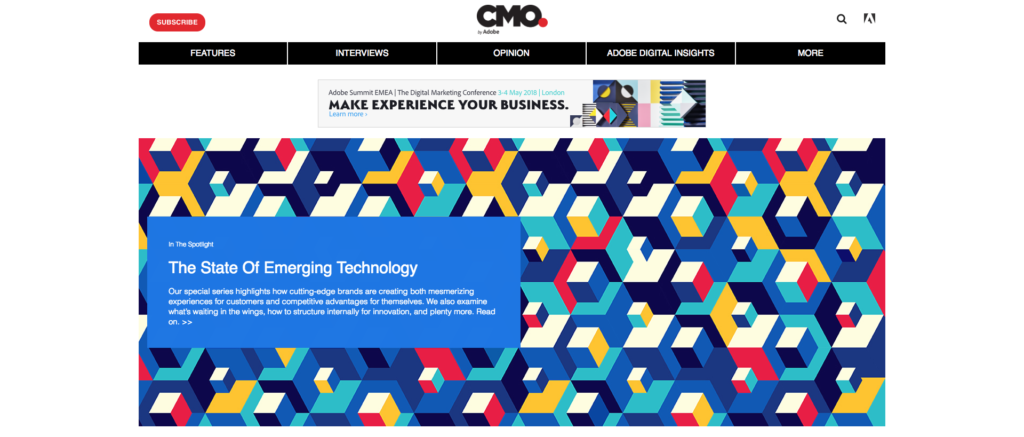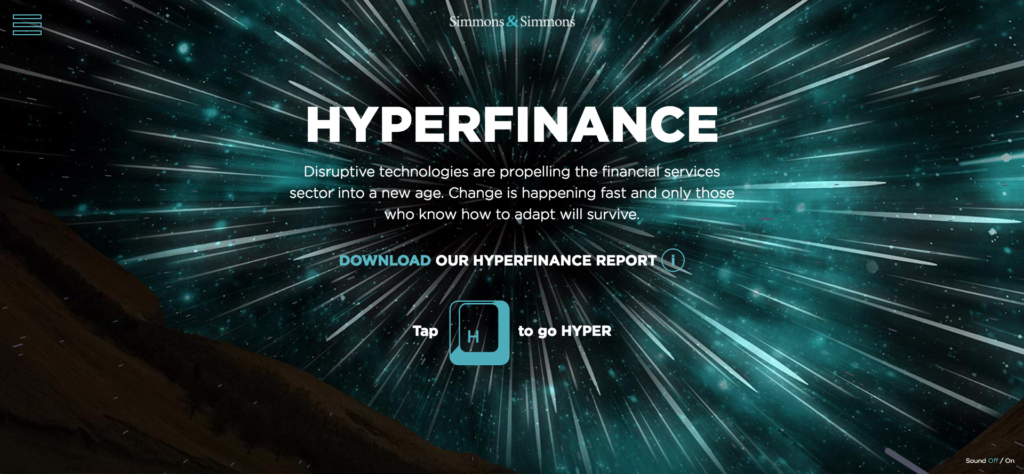Content hubs: Just a fad or worth the hype?
At the beginning of the year, our CEO Rob Mitchell highlighted 12 thought leadership trends for 2018. Third on the list was greater integration between thought leadership and content marketing – two disparate practices that, until recently, have attempted to stay that way.
As those two worlds collide, the campaign content hub has emerged as the linchpin that holds them together. An evolution of the microsite, the campaign content hub is often billed as an all-powerful media tool for marketers. But does it live up to the hype?
From microsite to brand centrepiece
Microsites started to appear around a decade ago. These were basic, auxiliary webpages attached to the company’s main website. Usually product-oriented and used as a landing page for specific promotions, they were often separate from the rest of the site, containing only limited content related to the solution or service they were created for.
But that simplicity was key: a basic architecture with a straightforward purpose was the idea behind these original microsites.
A simple version of a simple microsite is Spotify’s Wrapped feature. Every year, the audio-streaming giant compiles a list of the most streamed songs – both by the individual user and the wider Spotify community – and aggregates them into a minimalistic, personalised webpage. Spotify also gives artists featured on its platform access to a fully customised, unique view of the insights.
Coinciding with the meteoric rise of content marketing, content hubs materialised as a more marketing-focused version of the microsite. They use the same technology and principles to present a brand microcosm, showing off the company’s expertise with great content.
Deloitte Insights is a great example of this. It brings together blog, video and podcast content from across the multinational professional services firm, creating an impressive amalgamation of research and insight.
More recently, we’ve seen a proliferation of online platforms created to showcase campaign content. The link with thought leadership is clear: as the industry goes multi-platform and content atomisation threatens to spread marketing resource and outputs too thinly, brands need to ensure their thought leadership insights are in prime position to get audiences’ attention.
Hosting the majority of content in a single, dedicated ‘command centre’ sharpens the focus of campaign content and increases its impact. And serving up primary content alongside other related content improves the visibility of all of it.
Earlier this year, the engineering firm AECOM launched its first flagship thought leadership initiative at the World Economic Forum in Davos. The wide range of content assets produced for its Future of Infrastructure campaign and featured at Davos are all hosted on a single domain, providing a seamless experience for its audience.
What makes a great content hub?
Quality in, quality out
It’s impossible to build a great content hub without great content – think quality, value and variety. Make sure your assets are high quality, creative and varied. Ensure they perform for you and deserve to occupy such valuable space on your site.
Your campaign content should also reflect your content mix. A well-planned cross section of content formats will ensure that your insights perform effectively across multiple platforms.
A prime example of this is the CMO.com platform by Adobe. The software giant combines high-quality videos, blogs and podcasts to create a wide range of insightful content that encourages further exploration.
Explore new identities
Clear brand consistency and association is right out of the marketing playbook. As our research shows, if an audience associates a brand with high-quality content, they’re more likely to trust or listen to that company in the future.
Don’t be afraid to push the boundaries of your brand guidelines. The essence of thought leadership is proving your expertise and using insights to position your brand and stand out from the crowd. Ensure that your campaign content is visually distinct from your product and services collateral. And tread carefully when introducing commercial content alongside your insights. Your audience will quickly switch off if they think they’re about to get a sales pitch.
Braver companies will consider taking the counterintuitive route of contrasting their content hub’s branding with their core brand identity. This runs the risk of disassociation, but a differentiated brand can be a great way to capture attention in crowded markets and give the campaign a creative and distinct identity.
Experience counts
“Experiences rise above anything else,” says Shantanu Narayen, CEO of Adobe. It doesn’t matter how creatively designed your site is or how optimised your content is if your target audience can’t interact with it. Poor navigability will reflect badly on your content, your campaign and your brand.
Experiential marketing aims to create a closer bond between the consumer and the brand by immersing them in an entertaining and memorable experience. One example of this is the interactive, creatively designed microsite produced by law firm Simmons & Simmons for its Hyperfinance campaign.
We see content hubs as one of the most powerful ways to display thought leadership online. If you’re not building a command centre for your best digital assets, then you’re risking failure to launch.
Click here to read our step-by-step guide to developing your thought leadership strategy






 Back
Back

 Book a meeting
Book a meeting
 Book a meeting
Book a meeting






